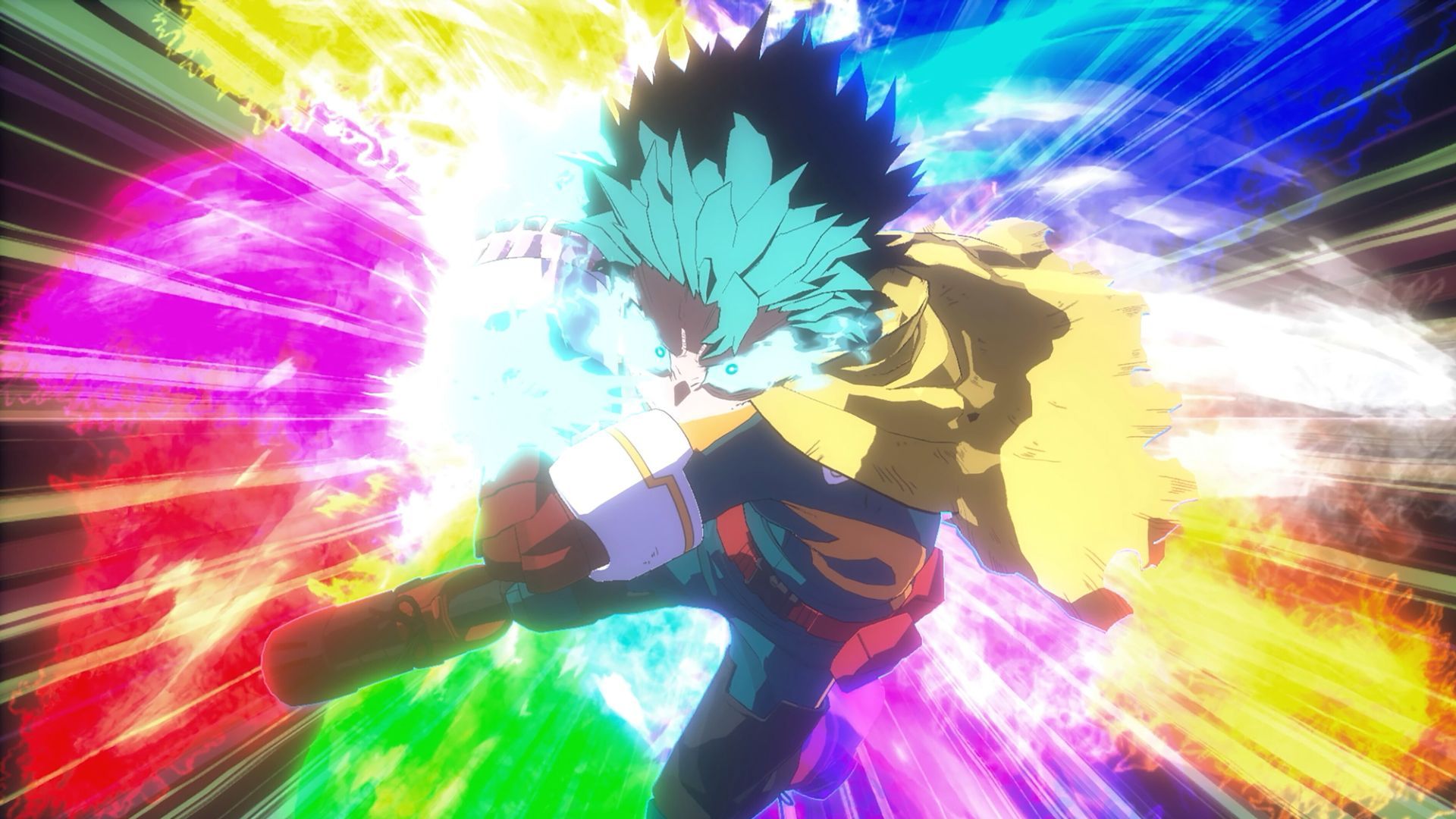My Hero Academia: All’s Justice Is A Massive Leap Forward From One’s Justice

Out of all the biggest modern anime, My Hero Academia has always seemed like the best fit for a big-budget game. It’s a series all about strange, flashy superheroes beating the tar out of even stranger villains, which just screams gaming adaptation. It’s a surprise then that it has enjoyed far fewer than Demon Slayer, Naruto, and, of course, Dragon Ball.
Despite its massive potential, My Hero hasn’t had much luck at all when it comes to games. Ignoring the weird Battle Royale spin-off that was decent fun but lacked any legs, the central figure for the series so far has been the One’s Justice games, which I’ve never really clicked with at all, despite giving it the old UA High School try.
The first One’s Justice was barebones, weirdly floaty, and one of the root causes of the eyerolls that 3D anime arena fighters still get to this day. One’s Justice 2 made some improvements with a bigger roster and tighter mechanics, but it was still a rung below the stacked competition. All’s Justice might finally be the game that the series deserves, as it’s fixed the previous games’ issues and kept building on what makes My Hero stand out.
All's Justice Could Have One Of The Best Rosters In An Anime Game
At a recent Bandai Namco preview event, I had the chance to go hands-on with My Hero Academia: All’s Justice for the first time since its reveal earlier this year. The build I played was about as straight to the point as you can get, focused entirely on 3v3 battles against the computer instead of giving me a glimpse into something deeper, like the story mode.
While that’s a concern - that depth will be needed for the full game to thrive - right from the get-go, All’s Justice continues the biggest strength of the last two games: the varied and fleshed-out roster. There were 18 characters on offer in my demo, ranging from obvious picks like Deku, Bakugo and Todoroki to deeper cuts like Kaminari, Koda, and everyone’s least favourite little freak, Mineta. In fact, All’s Justice is the first My Hero game to feature all of Class 1-A as playable fighters, which is impressive considering how differently they all play.
Deku was in his All For One form in the demo I played, and it’s definitely his most interesting variant yet thanks to how he implements Blackwhip and Shoot Style in his combos.
I tried out pretty much every character in the demo’s roster, and they all felt distinct despite having the same basic controls. Kaminari uses his electricity to create little traps for enemies, while Ida is more focused on his trademark kicks and speed. My favourite of the bunch is Uraraka, whose gravity-controlling powers let her swing massive pillars around for big combos and even summon chunks of rock to throw at her opponent, making her deadly at any range.
While there were a few characters I tried out that I didn’t quite gel with, like Mineta and his weird little balls or Kirishima’s slow hardening abilities, the variety on display is consistently impressive, and captures the personality of each character perfectly. The gorgeous (and massively improved compared to One’s Justice 2) comic book style and unique interactions between characters also put the work into making this feel like a big love letter to the series.
All's Justice Feels Much Better To Play Than Previous Games
Of course, while All’s Justice dials everything up to 11 with a bigger roster and better graphics, this was also true of One’s Justice. Since the floaty and simplistic combat is what has always held the series back, what I was really curious about going into my demo was how the third and final game actually played. Its gameplay reveal trailer, with its smoother animations and speedier combos, let me get my hopes up.
As soon as I jumped into my first fight, it was clear that Byking had heard the fans and made some big tweaks to how everyone feels to control. Jumps and mid-air movements are noticeably heavier and combos no longer feel like they’re hitting the air, giving it a more realistic and reactive feel that the past two games lacked. Even characters like Uraraka and Hawks, who are meant to be lighter and aerial-focused, feel nowhere near as slow or unwieldy this time around.
While the mechanics are mostly kept the same as before, there is a new Rising system that lets characters power up into their ultimate form once a meter is full. It’s a great addition that I can’t believe hasn’t appeared until now.
It sounds like a simple change, but the faster pace and more grounded feel make fights exciting and tense instead of slow, heavy, and draining. That being said, Byking hasn’t completely reworked the game, so there is still a touch of floatiness and attacks lacking impact, but it’s still a massive step in the right direction. Having just replayed One’s Justice 2, the difference between it and All’s Justice is night and day.
While I still have some questions about the game’s story mode (especially since One’s Justice 2’s felt pretty basic), my time with All’s Justice was enough to get me excited about a My Hero game for the first time in years. By making some necessary changes to the formula and building even more on its impressive roster and character variety, All’s Justice is shaping up to be the best of the series by far, even if that isn’t exactly a high bar.
Like Follow FollowedMy Hero Academia: All's Justice
Fighting Systems Developer(s) BYKING Publisher(s) Bandai Namco EntertainmentWHERE TO PLAY
DIGITAL












